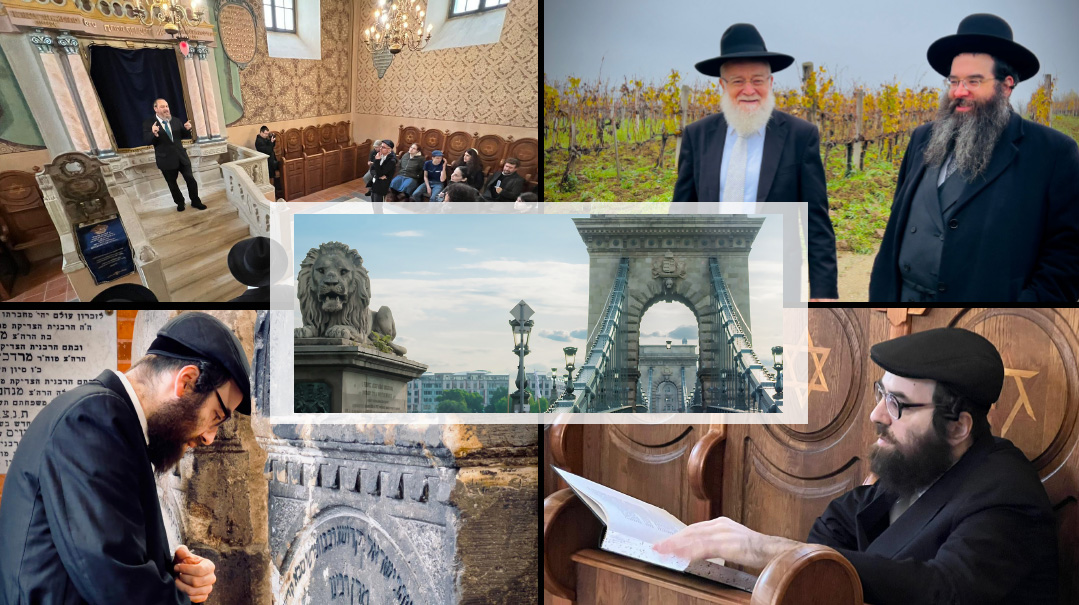The Eleventh Hour

Rabbi Dovid Keleti won't give up on Hungary's Jewish future

Photos: Koszegi Zoltan
The heimish building boom is surging across the Hungarian plain. From Kerestir and Csenger to Kaliv and Ihel, complexes are rapidly rising to host accommodations for the thousands of annual visitors to mekomos hakedoshim. A tourist visiting one of these locations during any time of the year will easily find a hot meal, a comfortable bed, and a beis medrash with amenities that rival what he’s used to back home.
What the visitor likely won’t meet in any of these tourist hot spots is a local Hungarian Jew. Virtually all of Hungary’s native Jews live in Budapest, while to the average frum visitor, Budapest is merely a stop on the way to Kerestir.
The city’s off-the-radar status has churned up some bittersweet emotions among the small cadre attempting to revive a Torah atmosphere in this land of the Chasam Sofer and Rav Yehuda Assad, Rabi Akiva Eiger, and the Yismach Moshe.
“I never understood or appreciated the average Hungarian Jew’s thirst for Yiddishkeit,” says Yochi Herzog, the president of Kedem Wine. “There are a lot of people of Hungarian descent who are not aware of what’s going on. They should spend a Shabbos there. These are your own roots. Go help! It’s your achrayus.”
Herzog is a descendant of the famed Baron Herzog winemaker family from Slovakia, and his parents would regularly return to their hometown of Verbo to upkeep the cemeteries and shuls, provide chizuk to the few Yidden they met there, and visit the non-Jews who helped save the family during the war.
The tradition continues to this day, with the entire extended family going for a weeklong trip to Hungary every few years.
“We’re already the third and fourth generation of Herzogs who go back,” Herzog said. “We take a busload of cousins and we see the house where my father was born, we see the old Kedem winery. My nephews see me and they’re always asking, ‘When are we going back to Hungary?’ It’s such an exciting thing for them.”
Oops! We could not locate your form.







